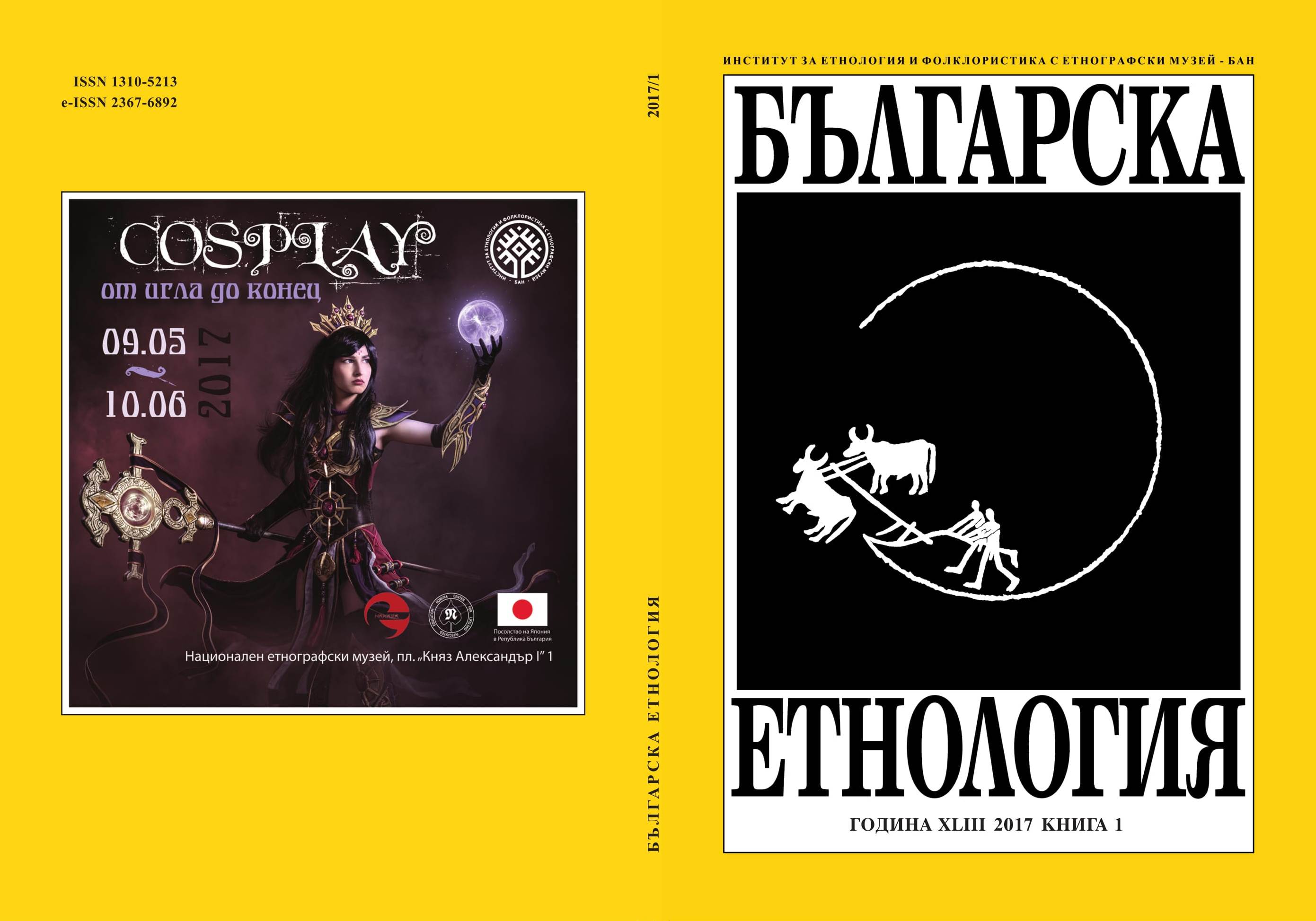
We kindly inform you that, as long as the subject affiliation of our 300.000+ articles is in progress, you might get unsufficient or no results on your third level or second level search. In this case, please broaden your search criteria.

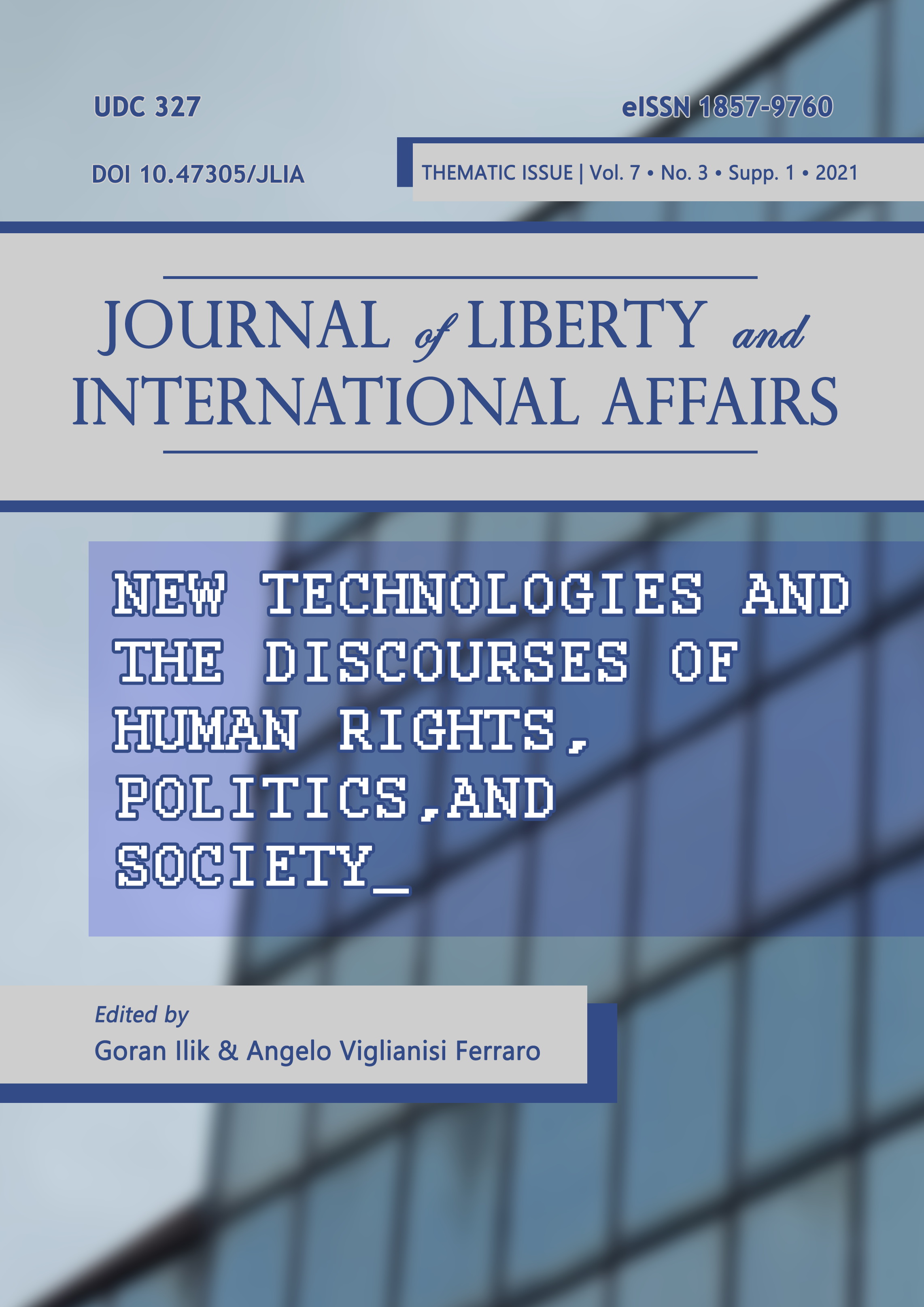
Modern societies are associated with the constant flow and acceptance of information and communication technologies at home, in the workplace, in the process of education, even in recreational activities. The development of new technologies has not only challenged human rights, but also politics and society in general. Even more importantly, this new technological level has also empowered transnational corporations operating in the digital environment as hosting providers to perform quasi-public functions in the transnational context. New technologies have the potential to make significant positive contributions to the prevention, promotion, and protection of human rights and democratization, decentralization, and digitalization of politics and the advancement of society as a whole.
More...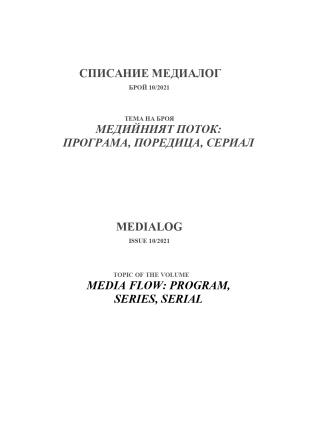
How do different arts - cinema, theater, literature, music - tell the story of the transition to democratization? This was the main topic discussed at a Round Table, held in the end of September at G8 Cinema by researchers for the project ‘The Transition after 1989 - Interpretations of Historical Change, Social Experience and Cultural Memory in Contemporary Bulgarian Literature’. The cultural heritage of Transition was at the center of discussions about the memory, the clash between the image of freedom and the market mechanisms of governing culture and art and the role of the media.
More...
The International scientific conference "Disinformation: the new challenges" brought together 16 participants - established researchers, PhD students and journalists - from Bulgaria, USA, Canada, Germany. The presented papers reflect various aspects of the problem of disinformation: the impact of disinformation on political processes, regulatory approaches to curbing disinformation, journalistic practice of fact-checking and debunking disinformation, the role of social media in disseminating and amplifying disinformation.
More...
The research focuses on commemorative practices around the figure of Mara Buneva and her memorial plaque in the center of Skopje, which can be interpreted as a Bulgarian place of memory. The study tracked only online reporting of the practices, without observing the corresponding offline events. Online versions of electronic media and agencies (TV, radio, news agency websites); online media (information websites) and social ‘we-media’ (video sharing websites, blogs, social networks, etc.) were researched. The studied materials reveal the care of some communities to establish the memorial plaque as a special Bulgarian place of memory in Northern Macedonia and the efforts of other groups seeking complete amnesia and ultimate delegitimization of the past related to Mara Buneva.
More...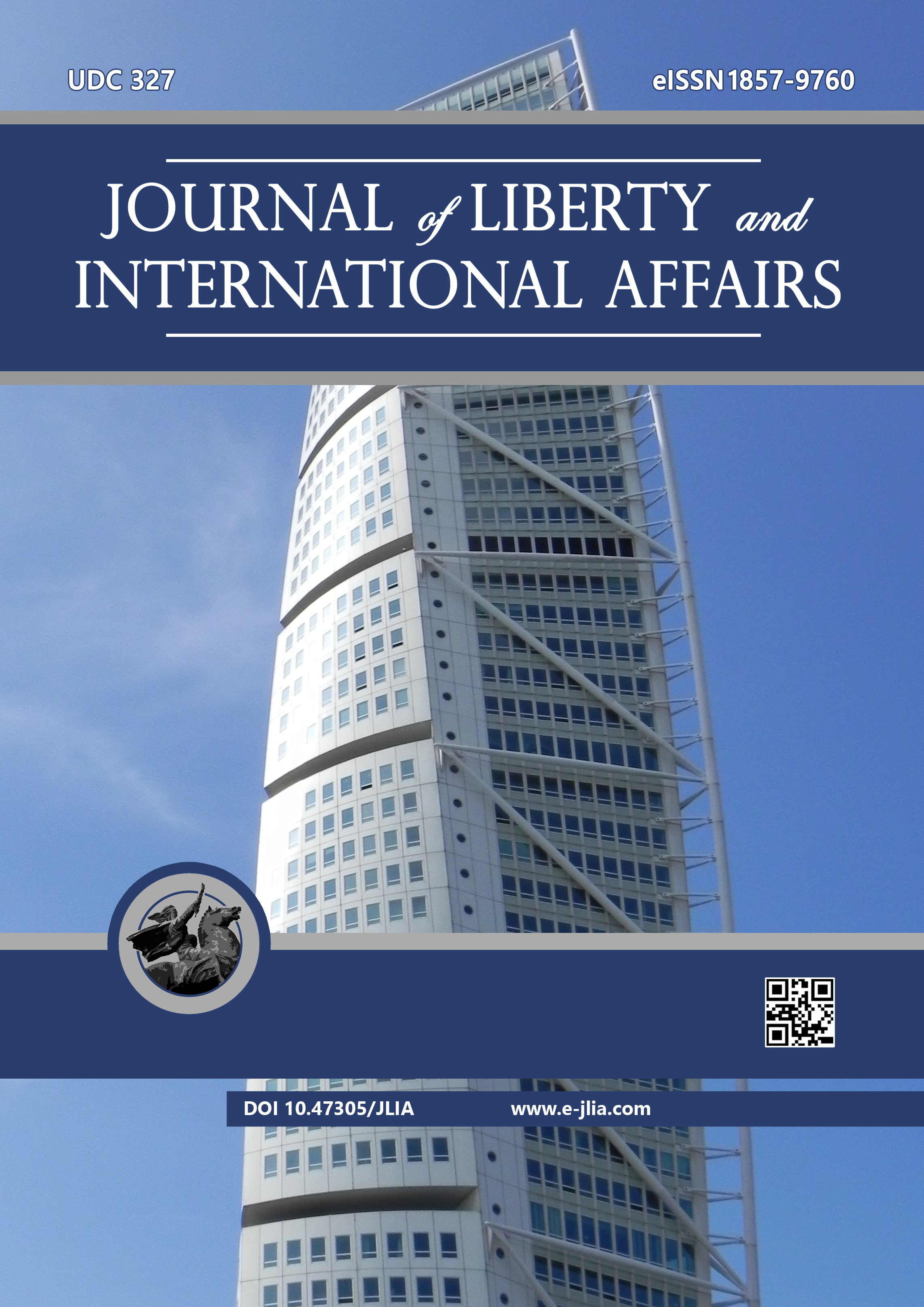
This paper investigates the readiness of customers to shift toward cashless payment by identifying the main factors that impact that shift. The sample consisted of randomly selected individuals identified as potential users of cashless payment and are considered more likely to continue using the new technology. Five hundred eighty-six questionaries were returned and considered complete for the research. The outcomes were assessed employing CFA for validity and determined using Cronbach’s alpha for the reliability of the research, which was stratified by seven regions throughout the country was applied, by covering all levels of the society. The findings show that the perceived risk is connected to the level of correct and believable information offered to customers. It has been confirmed that the respondents trust cashless payment technology, and at the same time, self-efficacy had a lower impact on usage continuance intention. Consequently, the growth of self-efficacy would strengthen the intention to use cashless technologies. Several segments in the financial market may benefit from the results and develop more appropriate and reliable systems and the proper approach toward customers with needed information and insurance related to the security and benefits they may have by adopting the cashless technology.
More...
The term soft power has become a catch-all-phrase for public and cultural diplomacy since Joseph Nye introduced it in 1990. India has had several historical and cultural advantages regarding its influence in foreign countries. While India and Indians enjoyed goodwill in most countries, the sudden interests in India among the policymakers, businesses, and politicians were mainly after the 1992 economic liberalization that had opened the Indian markets to foreign investments. Besides the nation-branding exercises globally, New Delhi employed soft power instruments in countries it deemed to have more significant interests, from traditional allies like Bhutan and Afghanistan to the countries in the West in the last three decades. Nevertheless, how successful has India been in exploiting its cultural linkages and using its soft power in its branding? This question becomes pertinent as, in recent years, India has often received negative press coverage in international media, and on several freedom/democratic indices, its rankings have gone down. As India celebrates 75 years of independence as Azadi ka Mahotsav (a grand celebration of independence), this paper assesses the scope of its soft power as a foreign policy instrument, points out its shortcomings, and recommends the possibilities.
More...
In this work, we have studied the evolution of the Ukrainian refugee crisis in Europe during the first several months after the beginning of the armed conflict on 24 February 2022. We have also talked about the influx of Ukrainians into Bulgaria, where there has reportedly been the biggest wave of refugees in recorded history. By using official statistics and structured interviews with Ukrainian refugees in Bulgaria, we have analyzed the specific evolution of the immigrants, their profile, and the governmental policies for better integration of them into the labor market and within the society. Our key arguments are mainly related to the fact that such policies must be successful for most Ukrainian immigrants and refugees due to the similarities between Ukraine and Bulgaria regarding traditions, education, and historical ties. Our conclusion confirms these arguments but also mentions several problems related to the low wages, the limited childcare, and the heavy bureaucracy.
More...
The third decade of the 21st century has witnessed more tensions, instabilities, and new alliances in the Indo-Pacific/Asia-Pacific region due to intensifying rivalry and strategic competition between the US Indo-Pacific Strategy (IPS) and China’s Belt and Road Initiative (BRI), two grand strategies of the US and China respectively. This article aims to assess the Rules-Based International Order (RBIO) and comprehend Biden’s IPS, particularly exploring how the Indo-Pacific Economic Framework (IPEF) may impact China’s BRI. This paper argues that RBIO is debatable and not universal. It is also argued that while the IPEF unveiled by President Biden represents a strategically important step forward, a long-term US genuine commitment to its implementation to counter China’s BRI is essential. The methodology of this research is primarily based on secondary literature and official documents. This study concludes that although China is reluctant to pay too much attention to the US IPEF in its official statements, China is concerned about this economic initiative. The paper also concludes that because of the intense US-China rivalry, new alliances will emerge in the region leading to a new cold war or new world order.
More...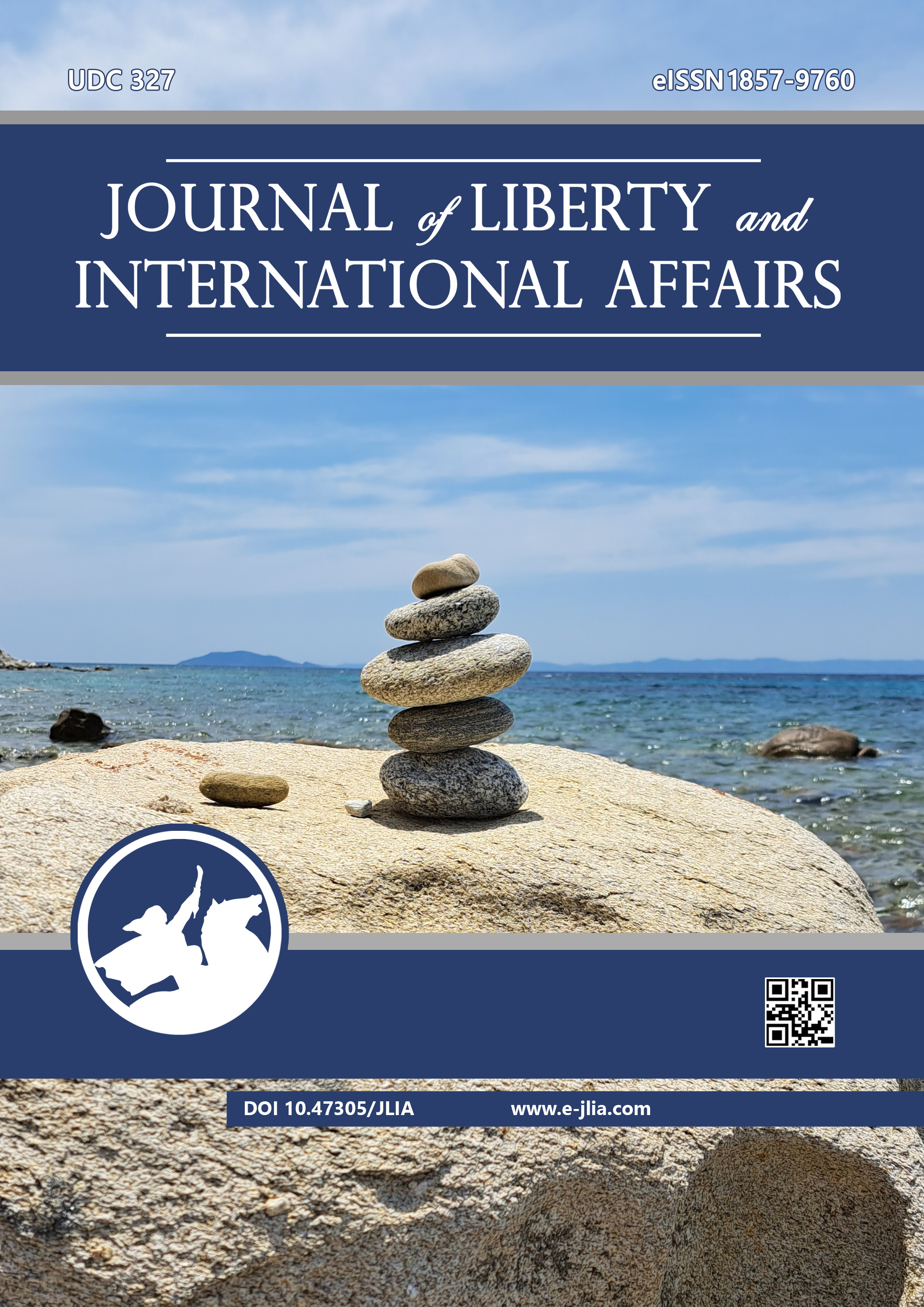
Community development is vital in networking and creating social capital. Local governments in Kosovo cooperate closely with their communities by offering public and social services, inclusivity, and social integration. This cooperation increases active citizenship, community development, social welfare, and local democracy. This paper aims to research and analyze the relationship between local governments and their communities, focusing on providing social services. The applied methodology included a quantitative survey of 300 respondents from three municipalities: Pristina, Fushe Kosove, and Obilic, targeting citizens aged 18 and above of both genders. The results show that local authorities in these municipalities offer community services and include their communities in policy-making and decision-making. While they also offer social services, community-based services should be restructured, and local authorities should pay more attention to empowering the community more comprehensively.
More...
This article aimed to provide a quantitative assessment of the impact of the Russian-Ukrainian conflict on Armenia’s foreign trade. The research problem was to analyze how the conflict influenced Armenia’s export and import patterns regarding geographical directions and product structure. The objectives were to examine the changes in trade turnover and identify shifts in geographical trade directions and trade structure. The study employed various statistical analysis tools, including dynamic series indicators, structural analysis, time series modeling, trend and moving average approximation, and extrapolation. Through these methods, the study evaluated the effects of the conflict on Armenia’s foreign trade. The key results indicated a positive impact of the conflict on trade turnover, with increased trade activity in various geographical directions. Export diversification was also observed as a result of the conflict. Notably, re-export played a significant role in the unprecedented growth of Armenia’s trade turnover during this period. In conclusion, the findings suggest that the Russian-Ukrainian conflict had a discernible influence on Armenia’s foreign trade, leading to changes in trade patterns and increased trade activity. The study highlights the importance of the re-exports role in analyzing trade dynamics.
More...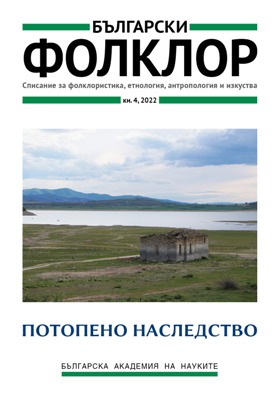
The text introduces in the problem of a collective research on the settlements obliterated during the construction of dams in Bulgaria, making an attempt at a terminological discussion. Based on the examples of the cultural practices of village commemorations, of the narrative patterns of fellow rural communities, and of the intimate gestures of connecting family memory and public spaces, different kinds of optics to the phenomenology of loss are proposed. The submerged as a particular case of lost heritage is in opposition to the heritage of loss, which is valorised as a value in the intergenerational discourse. Efforts are made to interpret the submerged and obliterated village not only as a lost place, but also as an irretrievably lost world. The cultural landscape is correlated with the landscape of memory – all this on the example of one of the most popular dams and the submerged village of the same name – Zhrebchevo.
More...
Choosing a name is an important part of the construction of significant infrastructural projects, such as dams. Naming is not only a utilitarian procedure of individualizing a concrete space, but also a symbolic act that gives value to a specific name and transforms it in a cartographic and geographical “site of memory”. The selected name is picked out among other possible variants and is thus the result of a choice that implies an intention or at least a mental attitude. The article attempts to reconstruct the logic underlying the naming of Bulgarian dams.
More...
The resettlement of the inhabitants of the village of Bara, Bulgaria, due to the construction of the ‘Aleksandar Stamboliyski’ Dam prolongs from 1942 to 1953. During this long period, social and economic life in the village is marked by uncertainty. A number of unpredictabilities, caused mainly by political and economic factors, hinder people from making informed choices and adequate decisions. My research interest is focused on the context that produced uncertainty and on resettlers’ worries. The reconstruction is based on archival documents dealing with the resettlement; they include also local complaints.
More...
The article analyses the plot-motive content and genre structure of the oral narratives (memories) about the submerging of the Don stanitsi [stations] in connection with the construction of the Tsimlyansk Dam in the middle of the 20th century. The focal points of the narratives about submerging are: the loss of the ‘small homeland’ as a result of the catastrophe, the eschatological experiences, the miraculous ‘return’ of the submerged territories and objects (in visions and in reality, depending on natural phenomena). The narratives about the submerging from the Don region demonstrate a typological similarity with texts from other regions of the former USSR, which allows us to speak of a separately developed genre of modern verbal folklore.
More...
This empirical study presents the results of a field research in the town of Elena and other settlements around the ‘Yovkovtsi’ Dam. The content presents fragments of an interview with Sava Kovachev, one of the hydro-builders of the ‘Yovkovtsi’ Dam. The proposed text includes our interlocutor’s memories about his first workday at the dam; brief descriptions of several submerged settlements (Yovkovtsi, Karadzhovtsi and Zingievtsi); an account of a particular case of resistance to the resettlement; memories of destroyed church, school and inn; evidences for the life of the dam builders with details about technological elements and processes of the construction, as well as for the everyday life of the builders; observations on the creation of landscapes for local dam tourism, developed by rediscovering and constructing a memory and a monument of Valchan Voivode above the ‘Yovkovtsi’ dam.
More...
In the narratives of migrants from submerged areas, four main concepts can be distinguished: home, land, church and cemetery. The article is devoted to the concept of a cemetery in the memories of forced resettlement from areas submerged during the construction of hydroelectric power plants in Ukraine. Excerpts from memories about the moving of cemeteries are presented. Folk beliefs, nominative vocabulary for events, places, characters, plots, persistent themes, and basic folklore plots are explored. The following main ideas are identified: it is not possible to move a cemetery entirely; disturbing the peace of the cemetery leads to dangerous consequences and provokes the wrath of the dead; the re-installation of grave crosses restores the sacredness of the graves, consolidates the resettled community and updates the memory of its historical past.
More...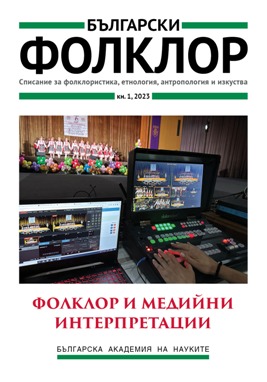
The ways in witch advertising uses folklore motifs are rather varied and interesting. In this article, we first clarify what the essence of advertising is at a theoretical level, who it is aimed at, what is presented and how it is presented, and of course, also who orders the advertisement. This synthesizing theoretical introduction is necessary in order to fully understand the differences between audio advertising, visual and audio-visual presentation, as well as how contemporary advertising permeates the media environment including Internet and social networks. Also significant is the psychological effect on the costumers, which uses a number of traditional stereotypes and expected behaviour patterns. Subsequently, we will look in more detail at the role of folklore and especially folklore narratives in advertising, including its changes in the last century, which we will illustrate with two specific examples. The next part of the article consists of an analysis of two contemporary advertising campaigns with dominant folklore motifs in the Czech media environment (Equa bank and Seznam.cz), in which we show in detail the way they communicate with the costumer, the folklore stereotypes used and the comments of the clients and creators of these advertisements regarding the expected effect of the campaign.
More...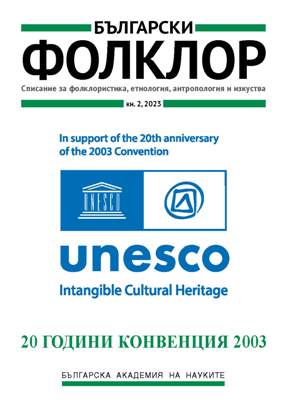
This article examines the process of safeguarding intangible cultural heritage as a factor for sustainable development. It traces and highlights the synergies between intangible cultural heritage and sustainable development. At the same time the author explores the interconnections between the different domains of intangible cultural heritage and the achievement of the Sustainable Development Goals, through the normative documents of the leading international organisations in the field.
More...
As UNESCO’s Convention for the Safeguarding of the Intangible Cultural Heritage turns twenty, the article focuses on its primary aim of safeguarding people’s living cultural traditions, practices, and expressions at the local level. Safeguarding measures are promoted throughout the Convention and related texts, but it is arguably the Register of Good Safeguarding Practices through which actual approaches are presented as being put to the test. The article uses the Register as a launchpad for examining community-based approaches to safeguarding ICH, and distilling “good” considerations for building ethical and equitable collaborations – from the first steps of initiatives to over the long term.
More...